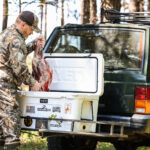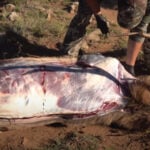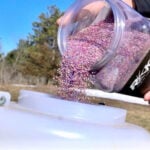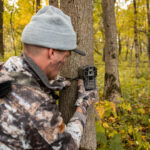Josh Fletcher is a DIY food plotter that takes his time, tools, and resources very seriously. He knows that it takes more than simply casting seed on the ground to get the best results in his food plots. That’s why he works with the most efficient plan he can line out, before, and during the planting process.
In hopes of helping others plant more efficiently this year, he walks us through a look at how to calibrate a grain drill for maximum results in your food plots this season. Check it out in the video below.
Why It's Important to Calibrate Your Drill
Why should you calibrate your drill? Is it really that big a deal? Why not just pour it and sling it?
With the cost of inflation these days, few people have room for waste. And that’s just what you’ll likely get if you don’t ensure your equipment is calibrated. Taking the time on the front end ensures a better crop with less waste.
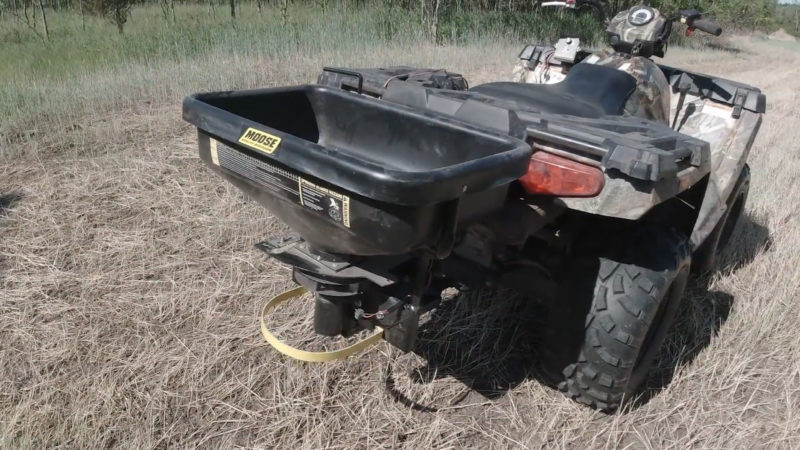
The truth is, most hunters use far too much seed in their plantings. Many even go as far as to double the rate.
Can’t have too much seed, right?
Well, actually you can. There’s a reason charts post specific per/acre seed rates. If you apply too much seed, your plot will be crowded. And crowded out seeds won’t reach their potential. It’s important to have the correct amount of seed going in to the soil you’re planting for maximum results.
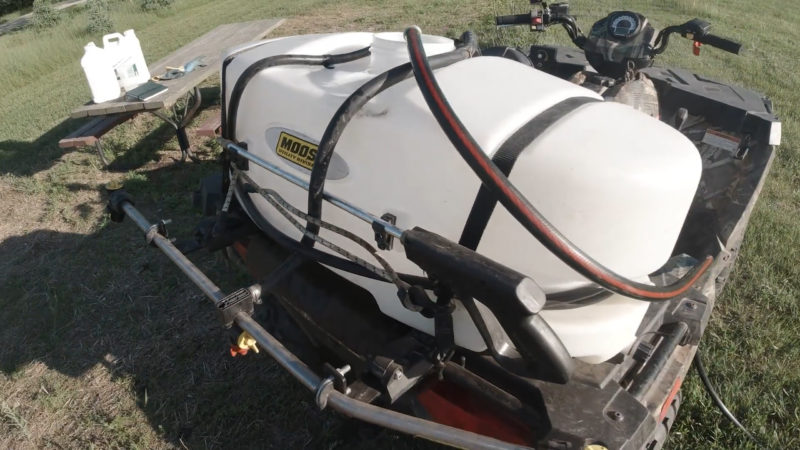
Tips for Better Seed Drilling
- Wait until after the threat of frost is gone.
- Consider the seed or blend you’ll be planting and the best rates for each.
- Keep notes of planting rates and calibration figures to save time in future plantings.
- Calibrate your drill ahead of time so you’re not scrambling to make it happen when it’s time to put seed in the ground.
- Drill right before, or after a rain.
- Drilling delivers a more efficient crop, with less soil disturbance.
Be sure to keep the video above in mind as you begin to plan and prepare for your next food plot. The investment of time and preparation on the front end will pay off big with maximum results in the food plots you’ll be hunting this fall.

 By
By 